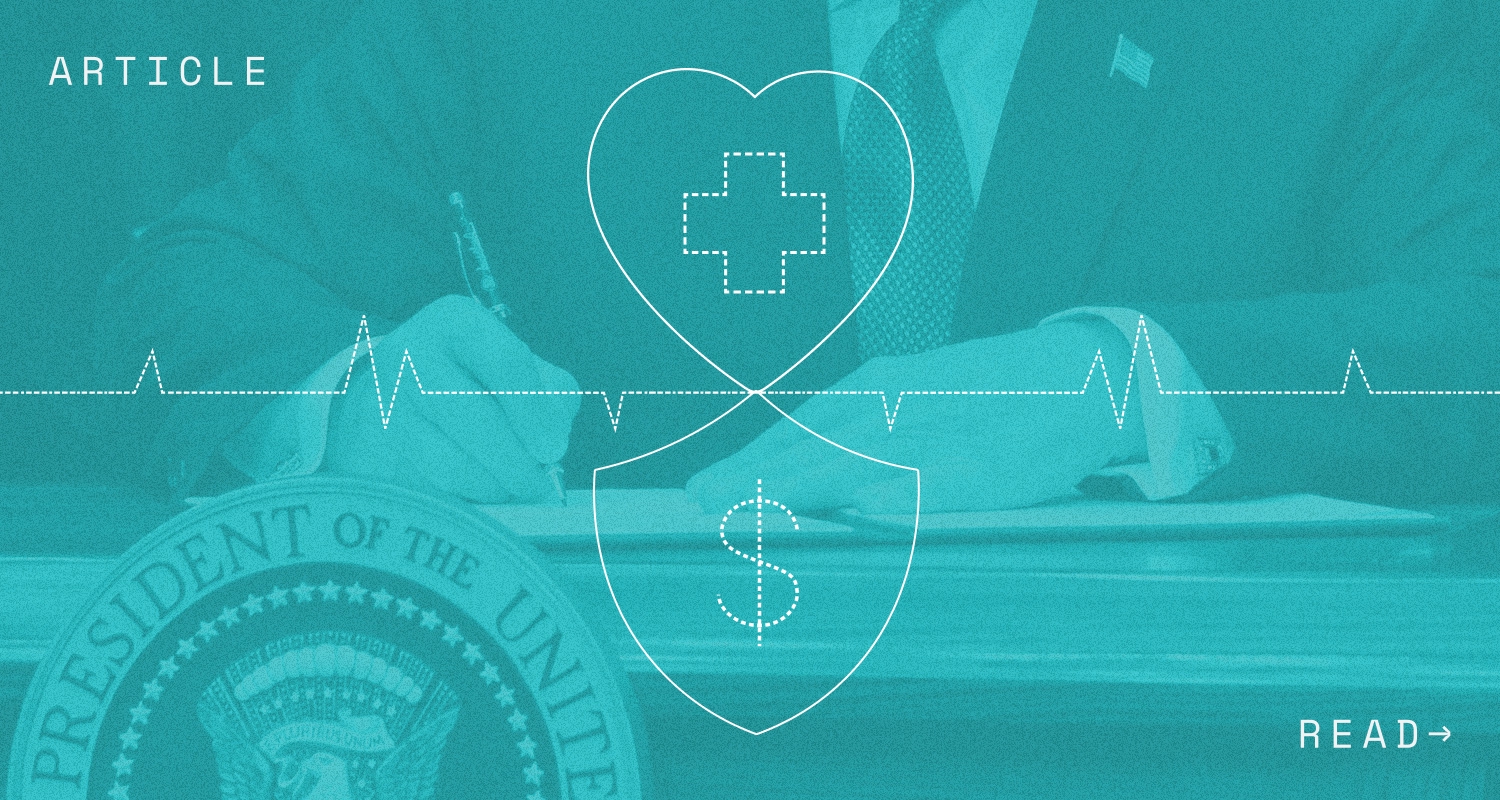On June 24, 2019, President Trump signed an Executive Order which aims to provide patients with more transparency with regard to the cost and quality of health care services. The order entitled, “Improving Price and Quality Transparency in the American Healthcare to Put Patients First,” directs health care officials to address the following:
- Post Cost of Services: Within 60 days, propose a regulation that requires hospitals to publicly post the cost of common item services (including negotiated rates and charges for services, supplies, and fees provided by the hospital or employees of the hospital);
- Expected Out-of-Pocket Costs: Within 90 days, solicit comments on a proposal that would require healthcare providers, healthcare issuers, and self-insured group health plans to provide information on expected out-of-pocket costs to patients before they receive care;
- Barriers to Price Transparency: Within 180 days, issue a report describing barriers to price transparency and provide recommendations to eliminating these barriers;
- Quality Measures for Government-Sponsored Healthcare: Within 180 days, develop a roadmap designed to adopt quality measures and improve reporting measures across government-sponsored healthcare (Medicare, Medicaid, CHIP, Health Insurance Marketplace, the Military Healthcare System, and the VA Health System);
- Develop Tools and Identify Inefficiencies: Within 180 days, increase access to claims data from taxpayer-funded healthcare programs and group health plans to researchers, innovators, providers and entrepreneurs to facilitate the development of tools that empower patients to make informed healthcare decisions and identify opportunities for improvement;
- Patient Directed Healthcare: Within 120 days issue guidance to expand the ability for patients to select high deductible health plans alongside an health savings account (HSA) and within 180 days propose regulations to treat expenses related to certain types of arrangements as “eligible medical expenses” under the tax code and issue guidance to increase the amount of flexible spending arrangement (FSA) funds that can be carried over at the end of the year; and
- Surprise Medical Billing: Within 180 days, submit a report on additional steps to prevent large unexpected bills from out-of-network providers, also known as surprise medical billing.
The Executive Order does not make any changes to the law, but rather directs health care agencies to issue various regulations and guidance. More information on the impact of the Executive Order will be available once the agencies release the requested guidance.
Additional Resources:
The information and materials on this blog are provided for informational purposes only and are not intended to constitute legal or tax advice. Information provided in this blog may not reflect the most current legal developments and may vary by jurisdiction. The content on this blog is for general informational purposes only and does not apply to any particular facts or circumstances. The use of this blog does not in any way establish an attorney-client relationship, nor should any such relationship be implied, and the contents do not constitute legal or tax advice. If you require legal or tax advice, please consult with a licensed attorney or tax professional in your jurisdiction. The contributing authors expressly disclaim all liability to any persons or entities with respect to any action or inaction based on the contents of this blog.



